Coming to Los Angeles? The very first thing that comes to your head is probably a picture with the iconic Hollywood Sign. It is a symbol of dreams, ambition, and the allure of the entertainment industry. Perched high in the hills of Los Angeles, this world-famous landmark has a rich history that dates back nearly a century. Let’s explore the fascinating story of the Hollywood Sign, from its humble beginnings to its status as a global icon, and all the fun cameos it has made along the way.
The Birth of the Hollywoodland Sign
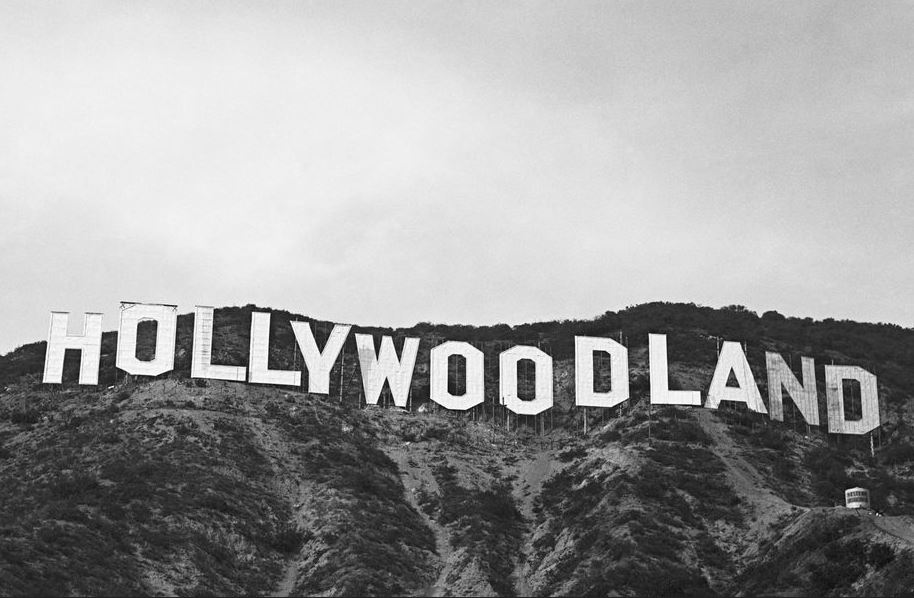
The story of the Hollywood Sign begins in 1923 when it was originally erected as the “Hollywoodland” sign. The purpose of the sign was actually not to promote the film industry at all, but rather to advertise a new upscale real estate development in the Hollywood Hills. Originally erected to read “HollywoodLand” The “land” part of the sign was added to emphasize the housing development aspect of the project. Built by the Crescent Sign Company in 1923, when the sign was first erected it was initially intended to stand for only about 18 months.
The original Hollywoodland Sign was constructed using wooden panels, and it was illuminated with thousands of light bulbs, making it a striking and eye-catching landmark. Over the years, the sign underwent changes and renovations, eventually evolving into the iconic Hollywood Sign that we know today. The “land” portion of the Hollywoodland Sign was removed in 1949, nearly 26 years after the sign was originally erected in 1923. By that time, the sign had become a well-known landmark in Los Angeles, and the “land” aspect of the sign was no longer relevant to the real estate development it had initially advertised.
In 1949, the Hollywood Chamber of Commerce took over maintenance and ownership of the sign and decided to remove the “land” letters to better reflect the association of the sign with the entertainment industry rather than real estate. The removal of the “land” letters transformed it into the famous “Hollywood” Sign that we recognize today.
Since then, the Hollywood Sign has become an enduring symbol of the entertainment industry and the city of Los Angeles, known worldwide as an iconic representation of the dreams and aspirations associated with Hollywood.
The Decline and Restoration
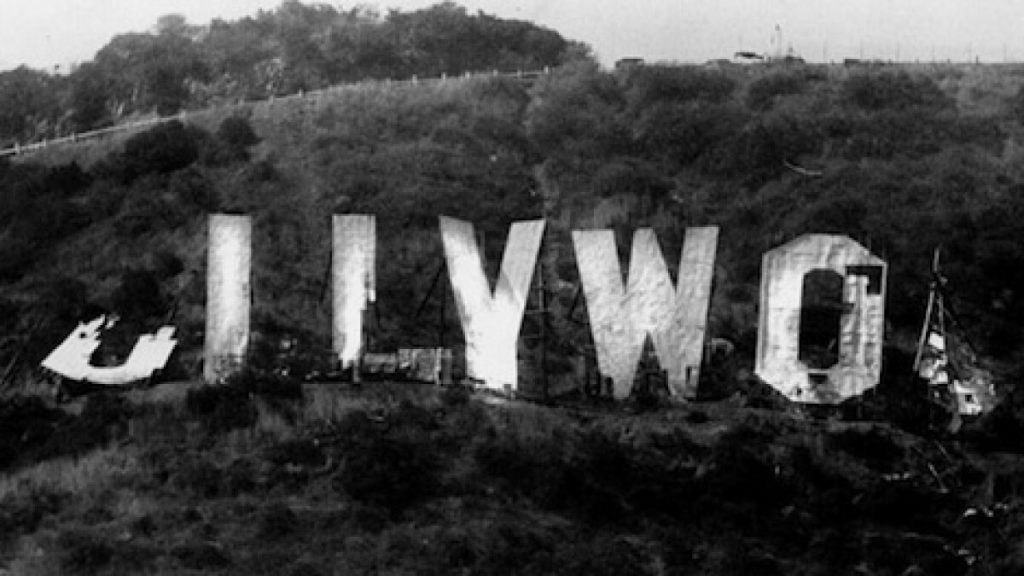
Over the decades, the Hollywoodland sign saw its fair share of wear and tear. By the 1970s, the sign had fallen into disrepair due to a number of different factors and was no longer the iconic landmark of hope and stardom that it once was. There are a number of factors that led to its decline:
Age and Weather: The Hollywood Sign was initially constructed in 1923, and by the 1970s, it was several decades old. The wooden panels and structural elements used in the original sign had naturally deteriorated over time due to exposure to the elements, including rain, sun, wind, and even occasional wildfires. The extreme weather conditions in the hills of Los Angeles took a toll on the sign’s materials.
Lack of Maintenance: In the early years, the Hollywood Sign was maintained and illuminated with thousands of light bulbs, creating its iconic nighttime glow. However, during World War II, the light bulbs were removed as a wartime conservation effort. This marked the beginning of a decline in maintenance, and the sign began to lose its luster.
Vandalism and Neglect: The Hollywood Sign’s location in the rugged hills of Griffith Park made it susceptible to vandalism and trespassing. Over the years, the sign suffered from graffiti and damage inflicted by individuals seeking to leave their mark. Neglect and a lack of dedicated maintenance further exacerbated the deterioration.
Structural Issues: The original Hollywoodland Sign was constructed with wooden panels, which were not as durable as more modern materials. By the 1970s, the sign faced structural issues, and some of the wooden panels had rotted.
All of these factors contributed to the sign’s decline, and by the 1970s, it had become a symbol of neglect and decay rather than the glamorous image it once represented.
Concerned citizens, celebrities, and preservationists recognized the historical and cultural significance of the Hollywood Sign and felt a strong desire to restore it to its former glory. Hugh Hefner, the founder of Playboy magazine, was one of the notable figures who stepped up to lead the restoration efforts. In 1978, Hefner organized a fundraiser and auction to save the sign.
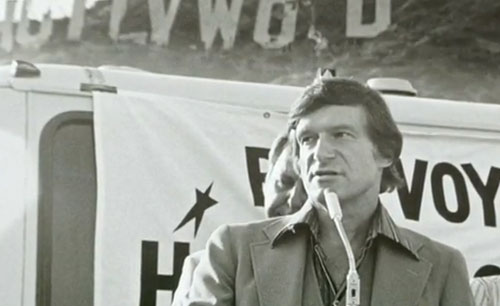
Hugh Hefner’s efforts were joined by a broad coalition of supporters who shared his vision of preserving the Hollywood Sign. They raised funds from various sources, including individual donations, corporate contributions, and a public auction of letters from the original sign. The campaign garnered significant attention and support from around the world. With the funds secured, the Hollywood Sign underwent a comprehensive restoration and reconstruction process. The deteriorated wooden panels were replaced with more durable materials, including steel and concrete. The result was a sturdier and longer-lasting sign that could withstand the test of time.
The successful restoration of the Hollywood Sign not only saved a beloved landmark but also renewed its symbolism. Once again, it became a powerful representation of the dreams and aspirations associated with Hollywood and the entertainment industry. The Hollywood Sign’s enduring legacy was secured for future generations to admire and appreciate.
Since the 1978 restoration, various organizations and individuals have been committed to the ongoing maintenance and preservation of the Hollywood Sign. Security measures were put in place to prevent vandalism and trespassing, ensuring its protection for years to come.
The Hollywood Sign: A Celebrity In Its Own Right
The Hollywood Sign has made numerous early appearances in film, cementing its status as a recognizable symbol of the entertainment industry. Here are some notable early film appearances of the Hollywood Sign:
“Hollywood” (1923): It’s only fitting that the Hollywood Sign itself made its film debut in a silent short film titled “Hollywood,” released in 1923. This film showcased the sign in its original “Hollywoodland” form, as it was initially constructed to promote a real estate development. The film was a promotional piece for the new housing development and featured stunning aerial shots of the sign.
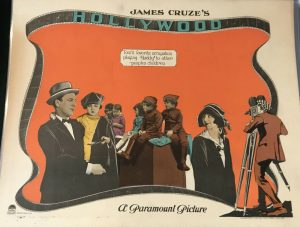
“Sunset Boulevard” (1950): One of the most famous and iconic appearances of the Hollywood Sign in film is in Billy Wilder’s classic noir film “Sunset Boulevard.” The sign is prominently featured in the opening sequence of the film, where the narrator, Joe Gillis, floats face-down in a swimming pool, recounting the events that led to his demise. The Hollywood Sign serves as a powerful backdrop, symbolizing the allure and ambition of the entertainment industry.
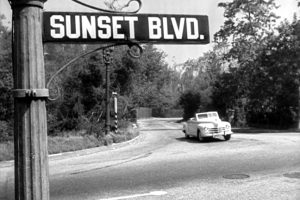
“Singin’ in the Rain” (1952): This beloved musical film includes a memorable scene where Gene Kelly’s character, Don Lockwood, swings from the letters of the Hollywood Sign. The sequence is a playful and iconic moment that captures the magic of Hollywood.
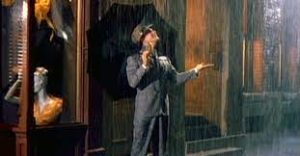
“The Day of the Locust” (1975): In this film adaptation of Nathanael West’s novel, the Hollywood Sign appears as a backdrop to the story of aspiring actors and artists struggling in the entertainment industry. The sign serves as a stark reminder of the harsh realities of pursuing fame and success in Hollywood.
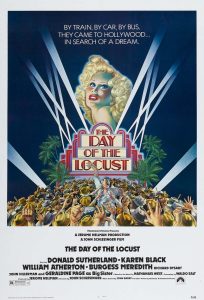
“La La Land” (2016): In this modern musical film, the Hollywood Sign features prominently in several scenes, symbolizing the dreams and aspirations of the two main characters, Mia and Sebastian, who are trying to make it in the entertainment industry. The film showcases the sign as a beacon of hope and ambition in the City of Angels.

These early film appearances helped solidify the Hollywood Sign’s status as an enduring symbol of the entertainment industry and the dreams associated with it. Over the years, it has continued to be a prominent and recognizable feature in countless films, becoming an integral part of Hollywood’s cultural legacy.
The Hollywood Sign Today
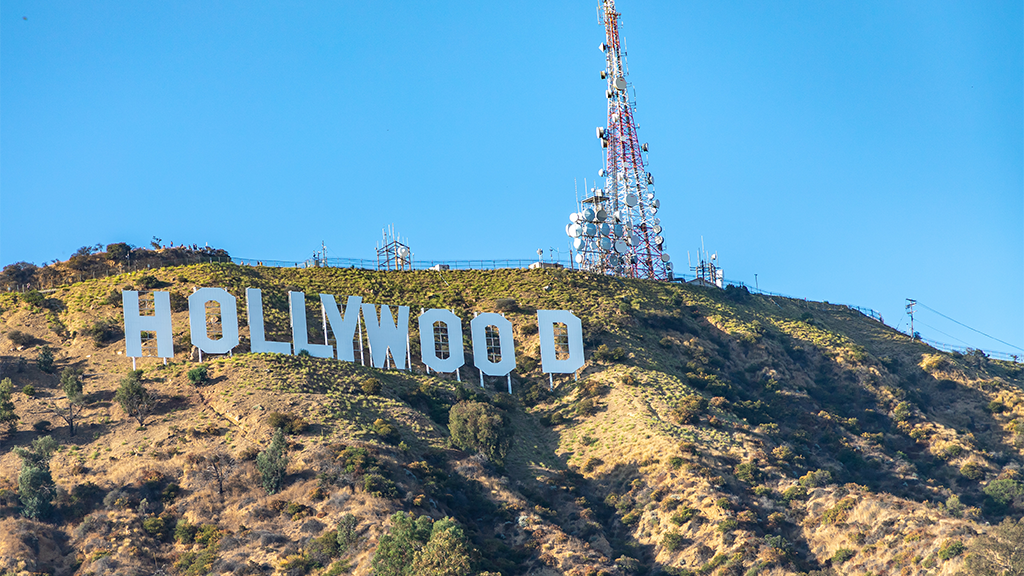
Today the Hollywood Sign stands as a global symbol of the entertainment industry and the glamour associated with it. It has appeared in countless movies, TV shows, and photographs and is a must-visit tourist attraction for visitors to Los Angeles.
The sign’s letters are 45 feet tall and span 350 feet across, making it a massive structure that commands attention from miles away. It is perched atop Mount Lee in Griffith Park, providing breathtaking views of the city below.
In recent years, efforts have been made to preserve and protect the Hollywood Sign. Security measures have been put in place to prevent vandalism and trespassing, and various organizations work together to ensure its ongoing maintenance and conservation.
The Hollywood Sign’s journey from a real estate advertisement to a global icon is a testament to the enduring power of symbolism and the allure of the entertainment industry. As it continues to grace the hills of Los Angeles, the Hollywood Sign serves as a reminder of the dreams and ambitions that have drawn countless aspiring artists and creatives to this city for nearly a century.
Interested in learning more about the Hollywood sign during your trip to Los Angeles? Join us on The Perfect Los Angeles Tour to get the scoop from our informative tour guides as well as plenty of photo opportunities with the sign itself!
